| Brand | Omega |
| Caliber Number | 1260 |
| In-House? | No |
| Base Caliber | ESA 9164 |
| Movement Type | Electronic |
| Chronometer Spec? |
Yes |
| Lignes | 13”’ |
| Diameter |
29mm |
| Height |
5.5mm |
| Jewel Count | 12 jewels |
| Tuning Fork Frequency | 300 Hz |
| Battery Cell # | 344 |
| Hand Count | 3 |
| Hand Sizes | 1.5mm (hrs) / .90mm (mins) / .25mm (secs) |
| Functions | Central hours; central minutes; central seconds; day-date calendar at 3:00 |
| Country of Manufacture | Switzerland, Swiss made |
| Known Models | Omega F300 Hz (Add your watches to the comments below…) |
The Omega caliber 1260 is a vintage tuning fork movement. The example on this page was found in an Electronic F300 Hz wristwatch.
Although this tuning fork movement was designated by Omega as a caliber 1260, the base movement is an ESA (Ebauches S.A) 9164 found in several other watches from Baume et Mercier, Eterna, Longines, Tissot, etc.
ESA describes the movement as:
“Electronic movement with acoustical resonator, sweep second, date and name of the day showing through aperture in dial, corrections through hand-setting stem.”
This caliber was designed by Max Hetzel, with movement production beginning around 1972.
“The Accutron, an electromechanical watch developed by Max Hetzel and manufactured by Bulova beginning in 1960, used a 360 hertz steel tuning fork powered by a battery as its timekeeping element. The fork allowed it to achieve greater accuracy than conventional balance wheel watches. The humming sound of the tuning fork could be heard when the watch was held to the ear.” –wikipedia
The humming sound mentioned in the Wikipedia quote above is why these timepieces were often called “hummers” or watches with “hummer movements”.
Spinning Seconds:
The Omega 1260 F300Hz example pictured on this page was filmed before service for demonstration purposes to show viewers what it looks like when a 1260 is in desperate need of an overhaul. It was experiencing the dreaded spinning second hand issue when adjusting the time (you can watch a video of it here (spinning seconds at about the 4:15 timestamp), and learn more about why that happens at: http://omgili.com/newsgroups/alt/horology/grg2n6sr31newsmotzarellaorg.html
ESA 9164 VS 9162:
The ESA 9164 features a day and date. Caliber ESA 9162 (Omega caliber 1250, introduced in 1971 before the 1260) has a date only.
Caliber Commentary:
This comment by YouTube user Lukas Vrabec was posted on the video linked above:
“Difference between quartz and turning form movement mechanism: Tuning fork is tuned to 300 Hz and directly runs hands via wheels. – hence that non-stop movement of second hand Quartz crystal gives impulses (usually 32,768 Hz = 2^16) to simple electronic divider making it one pulse per second which is used to drive small stepper motor – hence that one movement per second of second hand.” –source
Another comment did not realize that the video was pre-service:
“Time Setting Position: Turn the crown in either direction until the desired time is reached.” –source
“Specifically, one should not remove the stem (which is required to uncase the movement) until the oscillator module is removed. The purpose is to protect the index wheel, index finger and pawl finger.The 1250 (esa 9162/64) does not have a mechanical stop or hack function. The canon pinion function is dependent upon a friction wheel which is not only part of the setting mechanism, but also part of the train. The friction wheel is often no longer correctly lubricated by the time service is performed. As a result, any inadvertent anti-clockwise force is transmitted directly to the index mechanism. The results can be pretty ugly…and even if one does not “curl” the index/pawl fingers, index wheel teeth can be damaged.Index wheels are increasingly rare and expensive…so you do not want to damage them. These are among the best tuning fork movements designed…but they have their foibles: the friction wheel, the plastic date indicator teeth among the most troublesome. The index system is well designed a guage is included with each movement…if you follow the service manual, you will have the best accuracy of any tf system, excepting the beta 21.”
“If the movement has not been serviced in the past 5-7 years, it should be serviced. These are absolutely worth servicing!Also, in the setting postion: if, as you advance the hands clockwise, the sweep second hand wants to “jump” or spins rapidly (continuously or intermittently) forward, service is an absolute must (and if you try to move the hands anti-clockwise you are taking a big risk with the index wheel and index/pawl fingers). What is happening here is the friction wheel is not slipping resulting in torque to the index wheel allowing the train to turn (including the index wheel)…the rapid ss hand movement is evidence of this.
Also, it may not be mentioned in the service bulletin, but the stem should be in the rapid date set position to remove/replace the module…you have to pay attention to the position of the set lever with the power disconnect for the circuit.”
Additional Resources:

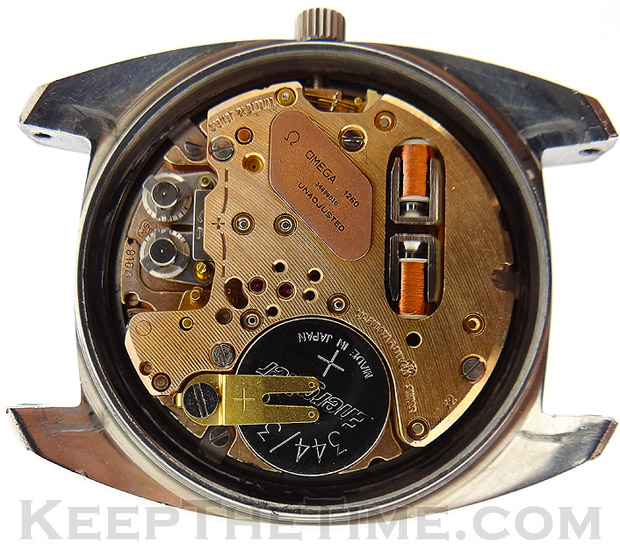

 network of watch sites
network of watch sites




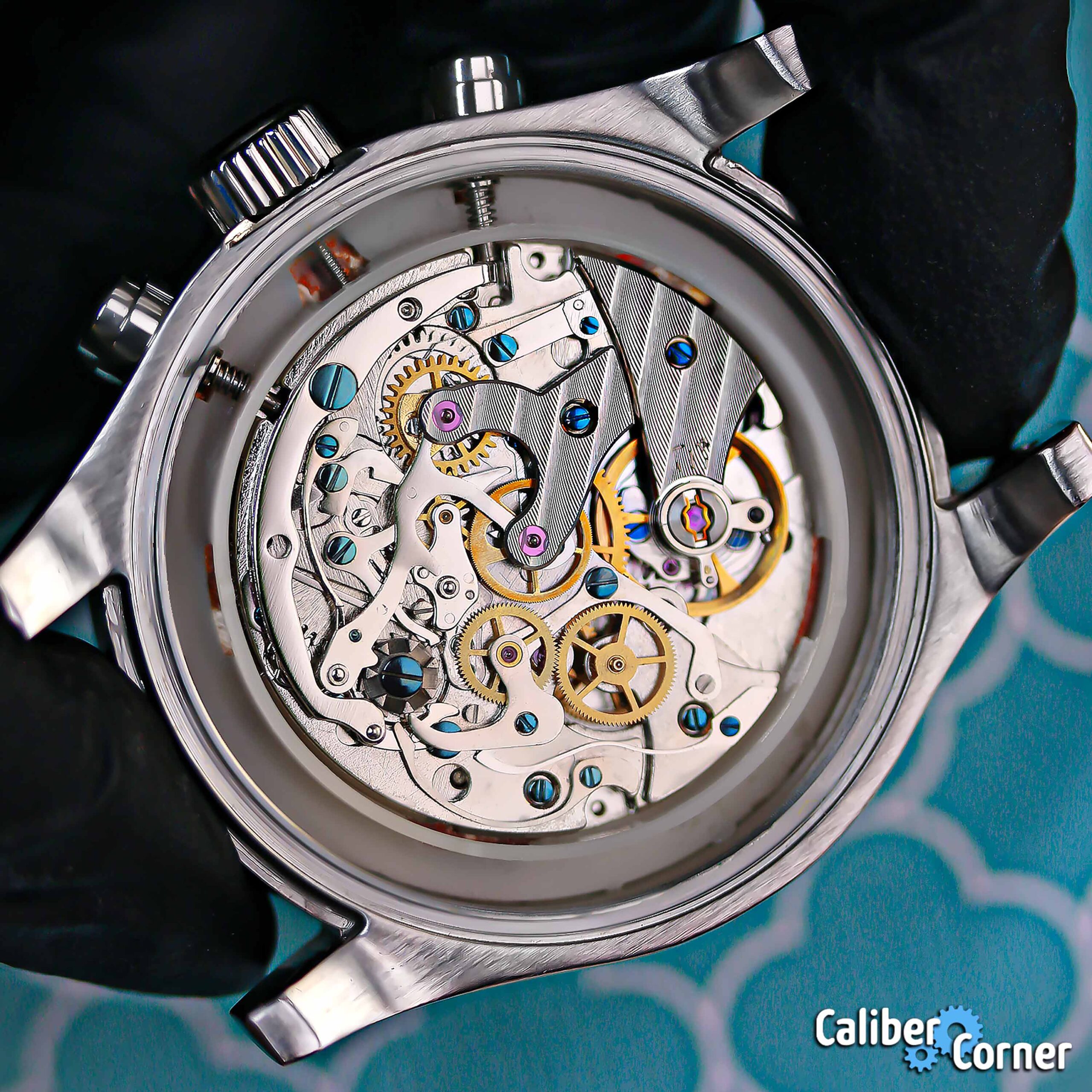


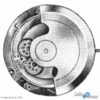
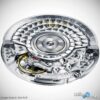
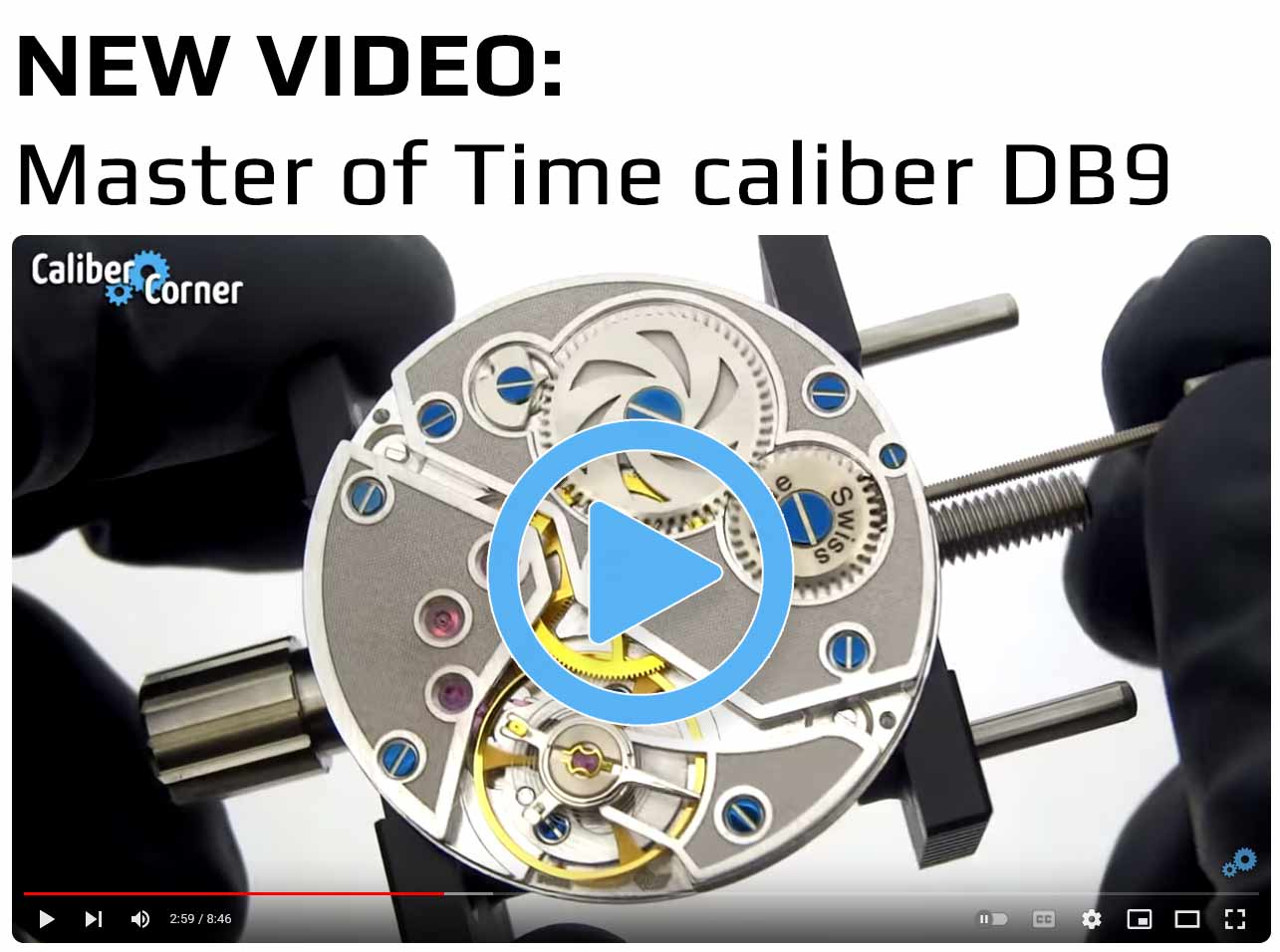
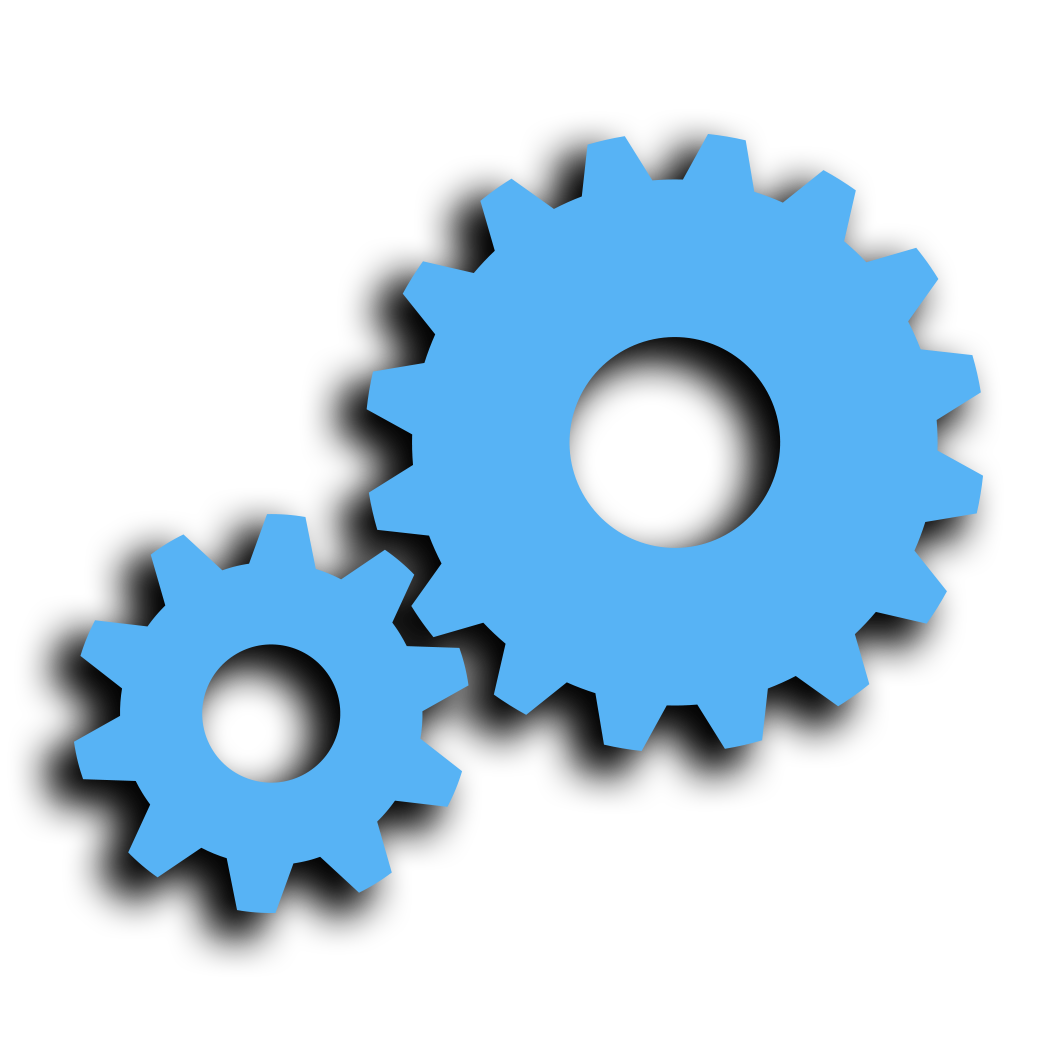

Recent Comments
So David, do not buy that Zelos watch.
Thanks for sharing the pics. Maybe their supplier gave them the wrong specs and they…
It's on the dial near the open heart I'll post an attachment. This is still…
See reply above.
Hi, the Miyota 8200 series is a 21,600 bph movement. There isn't a 36,000 bph…
This is the hi beat 36000 bph open heart side seconds movement.
Hello, is there a miyota movement with 36000 bph as I recieved videos of a…